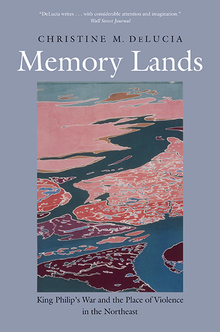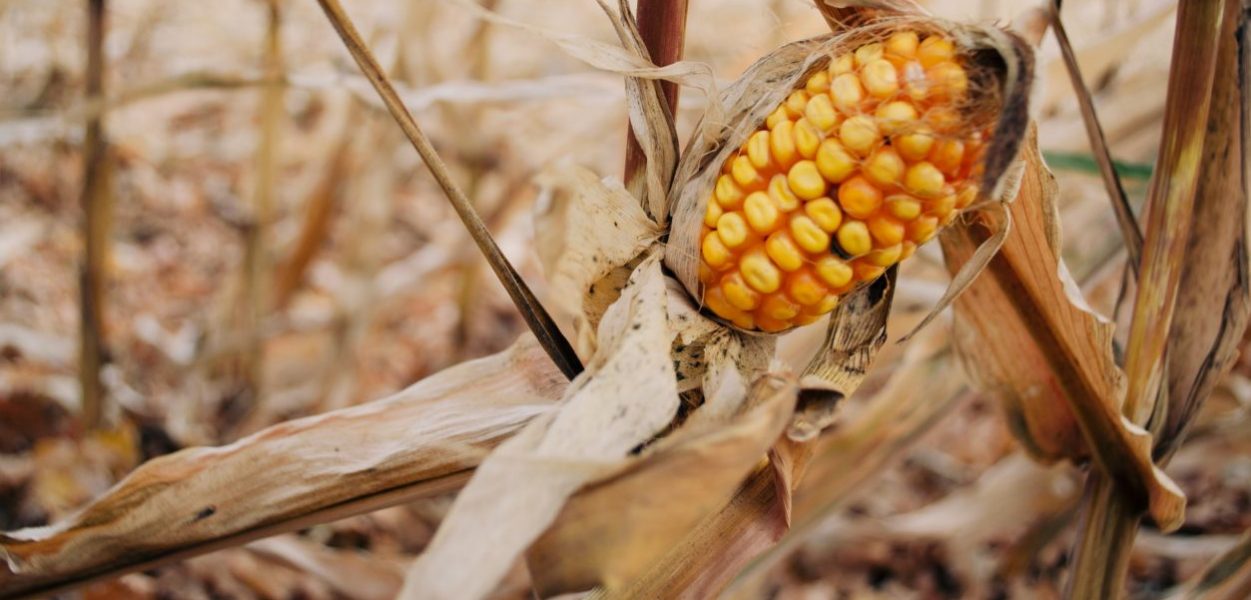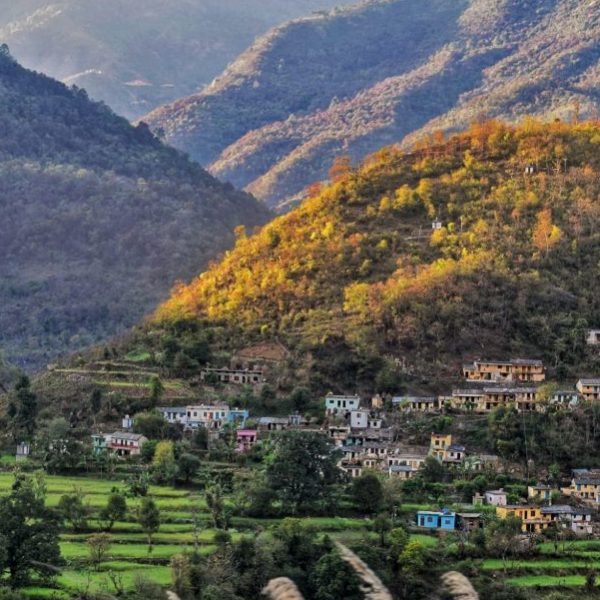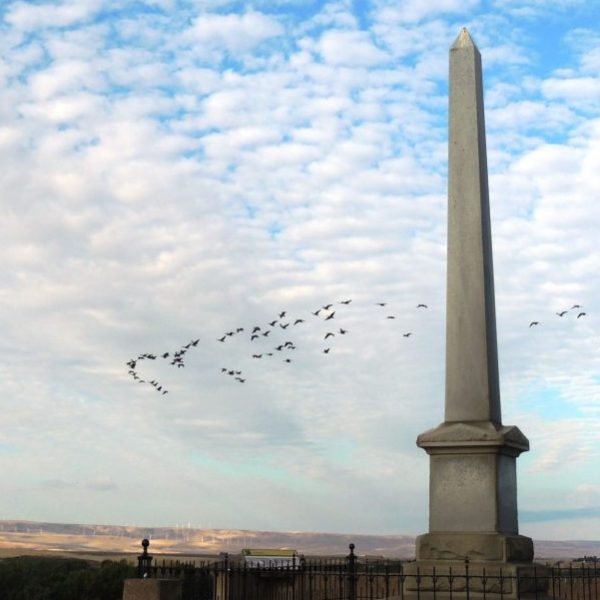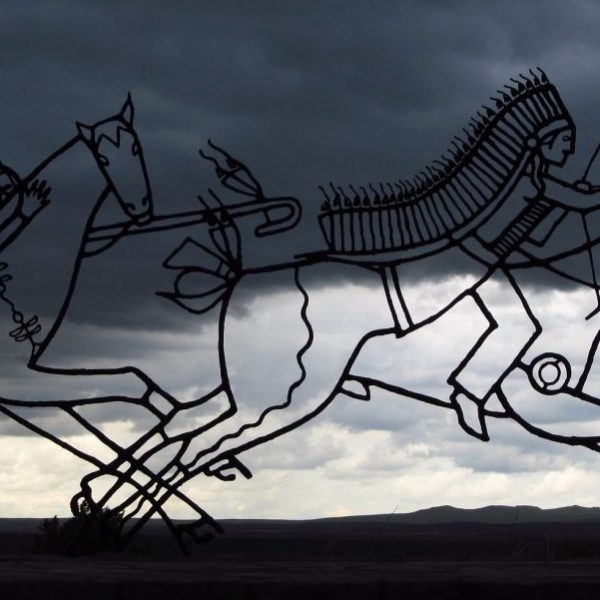Corn and Colonization
Christine M. DeLucia—
A kernel of corn, a chunk of quartz. Timothy Alden, Jr., tried to preserve these objects for posterity by donating them in March 1815 to the newly founded American Antiquarian Society in Worcester, Massachusetts. Both items, the minister indicated, bore direct connections to King Philip’s War. That crisis constituted one of the most devastating periods in the history of the early American Northeast: it traumatically entangled the region’s diverse Algonquian communities with expansionist New England colonizers from 1675 to 1678, bearing long-term consequences for peoples across the region. It also produced memorial touchstones—or purported ones, at least. The kernel of corn was charred and perhaps still faintly smelled acrid from conflagration. According to the brief details Alden conveyed to the society, the corn came from Scarborough, part of the tenuously colonized coast of Maine. It was linked to the year 1676, when colonial settlements there experienced intensive pushback from Wabanaki forces confronting English pressures. As for the quartz, it had been removed from “MonTop,” or Mount Hope, the homegrounds of the Pokanoket Wampanoag leader Philip and an area later claimed by Rhode Island. After galvanizing and helping lead an extraordinary multitribal uprising, Philip died violently at that same place in August 1676. Connected through stories to these powerful events and places, the corn and quartz supported extensive commemorative labors by Euro-Americans in the United States’ formative years. The objects appeared to signify the terrifying savagery of Indigenous opponents, as well as their eventual resounding defeat, opening the way for unfettered colonial growth across land and water. By that logic, these unsettling mementos deserved to be removed from their original contexts, collected, possessed, and venerated.
As I write this, corn is growing higher in fields up and down the Kwinitekw. The Kwinitekw—or Connecticut, or Great River—was an ancient, fertile crossroads for multiple tribal groups, as well as a magnetically attractive corridor for fur-trading and crop-planting European migrants. The river valley fell under intense conflict in the seventeenth century, with shifting coalitions of Natives and colonists actively seeking to destroy one another’s resources and footholds in meaningful places—and to shape the remembrance of those same events over subsequent centuries. Witnessing the harvest cycles here reminds me that corn and stone, like the pieces Alden proudly donated, can open into radically different interpretations than the ones most readily available to him and his Euro-American contemporaries. Objects like these demand alternative accountings, especially if we are to reckon more comprehensively with the Indigenous landscapes that surrounded Alden and other New Englanders over a century after King Philip’s War concluded and still endure in the twenty-first century. Many early Americans were unable, or unwilling, to recognize postwar Indigenous continuance across the Northeast. To do so threatened to undermine entrenched mythologies essential to Euro-American existence. The regrouping, adaptation, and mobility of Algonquian survivors and their descendants challenged closely held conceptions of colonial origins, morality, and legitimacy as residents in specific places. These mythologies have maintained enormous traction for more than three centuries. Yet equally critical stories have long existed among Indigenous vantages.
Corn was one of the materials highlighted by Frank James (Wamsutta), an Aquinnah Wampanoag tribal community member, in a very public speech of late November 1970. He delivered it in the iconic locale of Plymouth, Massachusetts, known in Native geographies as Patuxet. James had been invited to speak at a nontribal Thanksgiving gathering, but his remarks were suppressed upon review of their contents, as he recalled it. Indeed, the narrative James intended to share gave little credence to popular U.S. mythologies of conciliatory Native-colonial relations. He eventually did air this narrative during a countercommemoration that came to be called the National Day of Mourning. Held every year since, this commemoration has revisited foundational encounters from Indigenous perspectives. James noted in 1970 that one of the first actions Pilgrims took upon arrival in Wampanoag homelands was disinterring ancestral human remains, as well as “corn and beans” that tribal community members had deliberately cached within the earth for use during wintertime. Those damages—attested to by colonists themselves—set the tone for tense relationships and repeated attempts at peacemaking for the initial decades of “contacts,” until outright violence exploded in 1675, just east of Philip’s homegrounds at Mount Hope.
From Memory Lands by Christine M. DeLucia. Published by Yale University Press in 2019. Reproduced with permission.
Christine M. DeLucia is associate professor of history at Mount Holyoke College and lives in western Massachusetts.
Further Reading:
